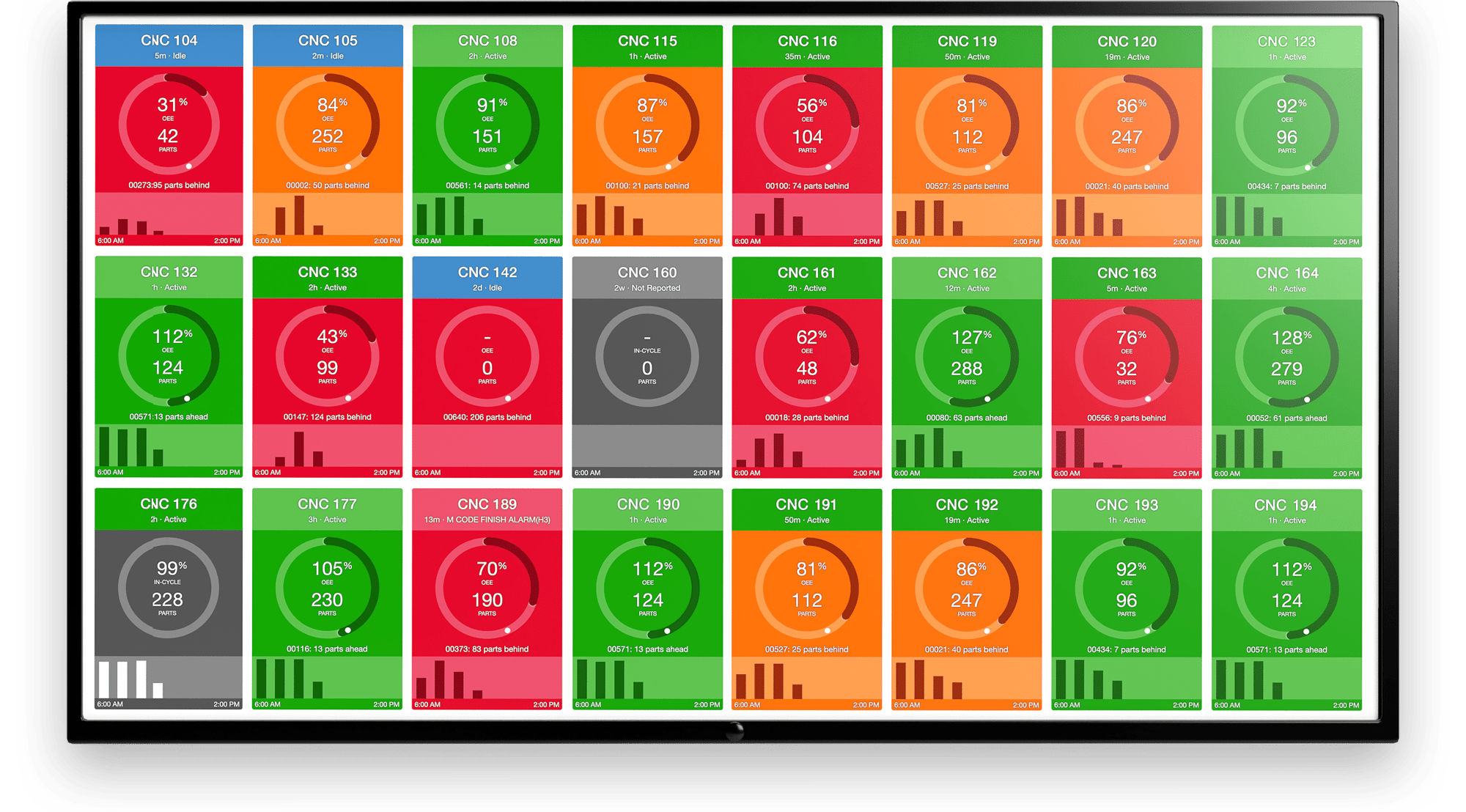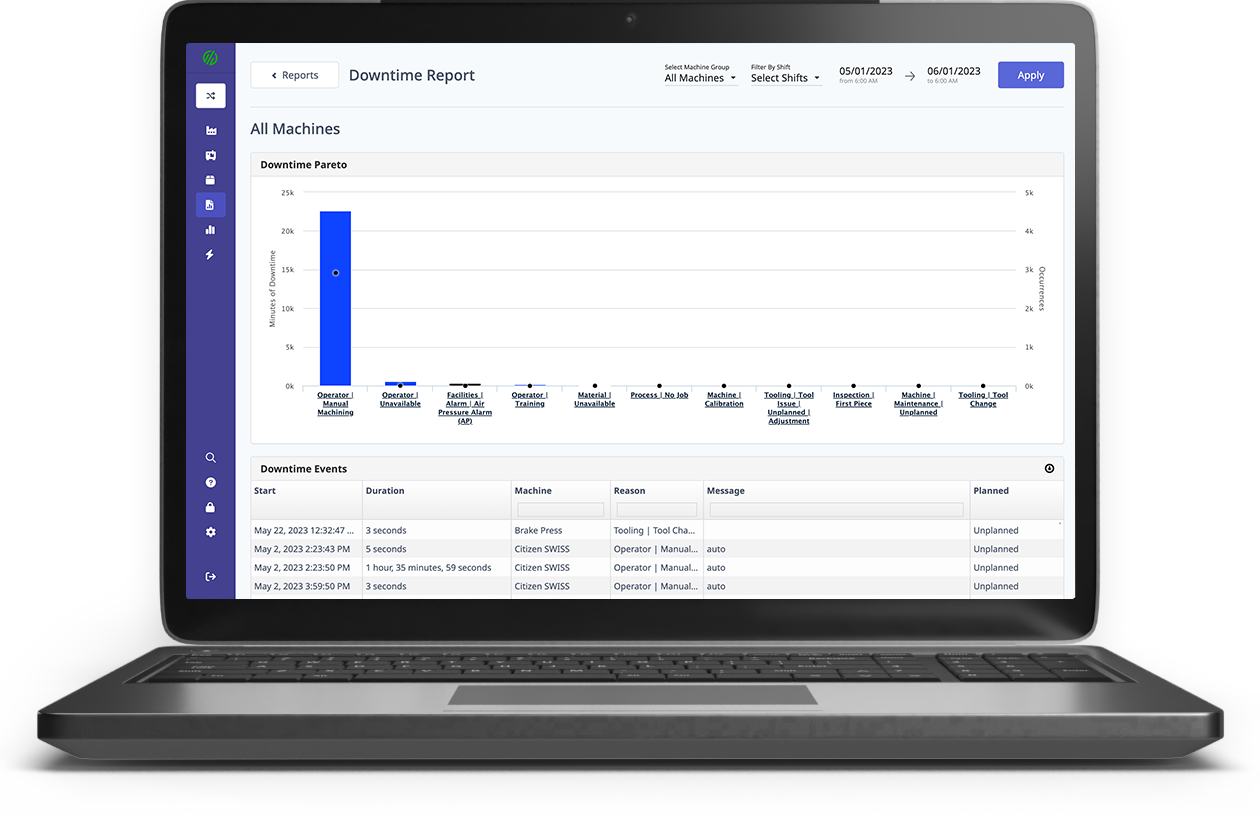MaxAI has arrived! Learn all about it
here
Search
SUGGESTED CONTENT:
MachineMetrics Blog
Harvey Performance Company is a global leader in precision cutting tools, manufacturing brands like Harvey Tool, Helical Solutions, Micro 100, and others used in aerospace, medical, power generation,
MachineMetrics
/ Nov 19, 2025
Pindel Global Precision is a contract machining company headquartered in Wisconsin and serving a diverse range of industries, including agriculture, hydraulics, electrical, and general industrial
MachineMetrics
/ Nov 17, 2025
Easthampton, MA – November 6, 2025 – MachineMetrics, the industry’s leading production intelligence platform, today announced the launch of Max AI, the new AI-powered intelligence layer for its
press release
/ Nov 06, 2025
Easthampton, MA – October 16, 2025 – MachineMetrics, the Intelligent MES and industry leader in machine connectivity, today announced the launch of Manual Stations - a powerful solution that enables
press release
/ Oct 15, 2025
START DRIVING DECISIONS WITH MACHINE DATA.
Ready to empower your shop floor?
Learn More5 Ways Industrial IoT Reduces Costs For Manufacturers
industrial iot
/ August 27, 2020
Summary: IoT benefits companies in the manufacturing vertical by reducing costs associated with unexpected downtime, creating a digital twin that can be used to track assets and perform complex...
Total Productive Maintenance and Industrial IoT
industrial iot
/ July 29, 2020
As Industry 4.0 continues to mature across manufacturing enterprises globally, many assume that new technologies will replace old methodologies to spur continued improvements in efficiency and...
The move to industry 4.0 will be defined by how effectively legacy systems and assets within shop floors are integrated into online or cloud platforms. This is because a large percentage of...
Industry 4.0 vs. Industrial IoT: What's the Difference?
industrial iot
/ January 05, 2018
What is the Difference Between Industry 4.0 and the Industrial Internet of Things (IIoT)? The Industrial Internet of Things (IIoT) refers to sensor data, machine communications, and automation...
Get In Touch With Us
Easthampton Office
116 Pleasant St, Suite 316, Easthampton, MA 01027
Platform
Industry Solutions


.png?width=1960&height=1300&name=01_comp_Downtime-%26-Quality_laptop%20(1).png)